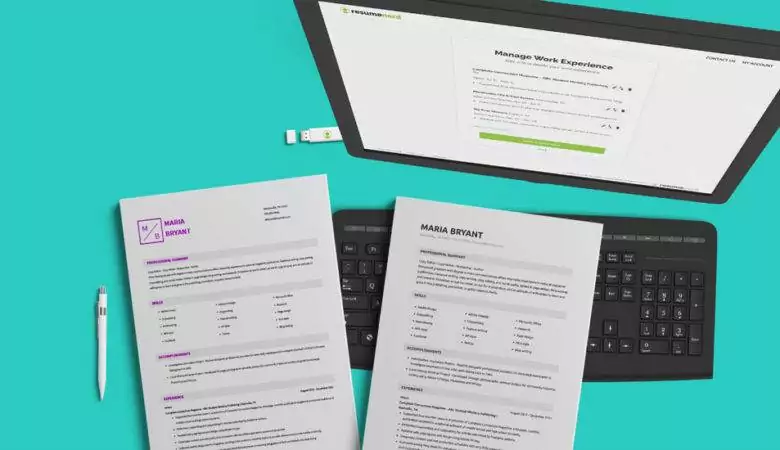Vintage is cool, but not for resumes.
If you’re applying to jobs with an outdated chronological resume, employers could be skipping over you in favor of applicants who seem more current.
Table of Contents
 Introduction
Introduction
Hiring professionals want to find the most appropriate and experienced candidate for the position. An up-to-date resume helps to ensure that you make the best impression possible by showcasing your most recent experience and accomplishments.
Ready to get with the times? Let’s bring your outdated chronological resume into the here and now.
 What is a Chronological Resume Format?
What is a Chronological Resume Format?
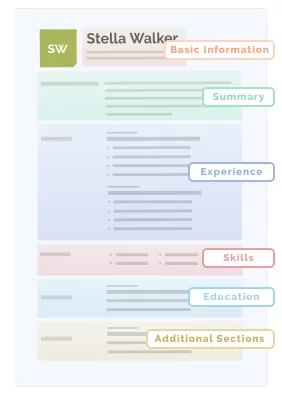
A chronological resume format (also referred to as a “reverse chronological resume”) is the most common format for a resume. Its key focus is work experience — on this type of resume, you typically list jobs in order from current or most recent to oldest.
Skills (both soft skills and job-specific skills), education, and other sections such as awards or publications will be listed below work experience and tend to take up less physical space on the document.
Read more about the different resume formats here
Why and How to Update Your Resume
Creating a resume is not anyone’s favorite activity.
It can be challenging. It’s almost always frustrating. Once you’ve done the work, can’t you just keep sending out the same resume forever?
Sorry, but no.
“Many job-seekers I work with have been with the same companies for years and haven’t written or updated resumes in a decade or more,” says Kelly Phelan, career coach and founder of Winning Six Second Resumes.
A resume that hasn’t been updated in years? That’s a big “No” for those who will be reading your resume.
According to James Papadapoulos, an entrepreneur and video producer who’s managed and staffed international projects for the likes of Pfizer, Merck, and Viacom, an out-of-date resume is a sure-fire way to get relegated to the slush pile: “When you apply to the job, I expect this to be you at your best. You should be trying your hardest to shine. If you can’t be bothered to update your resume, why should I be bothered to figure out why?”
Here are some reasons to update your resume regularly:
Stay Focused

Goals and objectives change over time. However, as time goes on, you may lose sight of what once excited you about pursuing a particular field or job.
When you update your resume, it gives you the opportunity to gain clarity on your goals by having a check-in with yourself about what feels important to you now. Research has shown that by getting very clear on your goals, you’re more likely to stay focused on working toward them.
Fill In the Gaps
Big gaps in your resume are generally viewed as a bad thing.
Papadopoulos notes, “I look at things like a resume that ends a few years ago or that has holes as sloppy or lazy.” When you update your resume, you get a chance to gently fill in any gaps in your experience or skillset as you go.
For instance, if you learn how to make PowerPoint presentations while on the job, it may be worth adding that skill to your resume. Over time, you may find that you’re able to fill in a lot of gaps and that your growing skills make you a far more appetizing prospect to potential employers.
Refine Your Existing Resume
Have you ever looked back at an old piece of writing and seen instantly where you could have expressed things more clearly? Looking back at your resume is no different.
When you look at your resume occasionally, it gives you the chance to make tweaks or refinements that can make you sound better — even if not much has actually changed. Many people claim that they’re not good at writing resumes. Practice might not make perfect, but it will definitely make you better at self-promoting.
Be Ready For Advancements
Even if you have no desire to ever leave your company, there could be internal opportunities that call for an updated resume.
Say there’s an internal position that opens up that you’d like to apply for. Even if your employer already knows you well, it’s a classy touch to send an up-to-date resume. Plus, showing what you’ve learned since you’ve been working there could even help with salary negotiation!
 How to Update Your Outdated Resume: Easy Tips
How to Update Your Outdated Resume: Easy Tips
Ready to whip that resume into shape? Cue up your favorite montage song and get to work with these easy tips:
Always Update After a Major Project
A great rule of thumb is to always update your resume after a major project. It’s easy to forget details in the days, weeks, and months following completion— so add the details when they’re still fresh in your mind.
Often, major projects will provide great achievements or bullet points to include on your resume — don’t miss out on the opportunity to paint yourself in the best light possible.
Add Skills As Needed
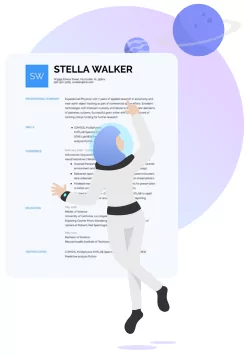
Employers love it when employees are dedicated to self-improvement and continued learning. So don’t forget to add, amend, or update your skills section as you continue to amass new skills!
For instance, if you start to learn basic coding while working on the company blog, it could be worth mentioning in the skills section of your resume. Relevant, in-demand skills never go out of style, so make sure that you’re updating this section regularly.
However, be sure the skills you add are career-relevant. A new computer language certification? Yes. Achieving the next level in your martial arts practice? No… unless your career is in the martial arts. “Keep personal information to a minimum. There is no need to include letters behind your name (i.e. MBA), street address, or hobbies,” explains Phelan.
Pay Attention to Industry Buzzwords
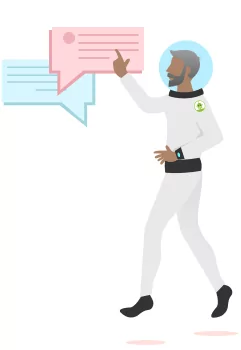
Experience and skills aren’t the only things that change — the language people use changes, too.
When reviewing your resume, pay careful attention to your phrasing. Could you include industry buzzwords that might grab attention? Or, is there any language that sounds old-fashioned? You want your resume to look and sound timely.
Weed Your Resume Regularly
You need to weed plants so that new growth doesn’t get choked by dead debris. With your resume, you want to make sure to cut out extraneous information or no-longer relevant details so that your top experience and achievements can shine.
“Don’t feel the need to include every position,” says Phelan. “The last 10 years are the most important.”
For instance, if you’re been working in the field for 12 years, it may be time to cut out the retail job you listed on your resume when you originally got the job five years ago. It may not be relevant when applying for future roles.
 Keep a Chronological Resume Format Current
Keep a Chronological Resume Format Current
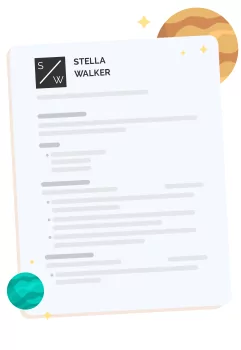
Just as an employer would probably be able to tell if your interview clothes were old and worn, they can tell when a resume is out of date.
If you want your resume to look good and command attention, you’ve got to keep it current. A chronological resume focused on your most recent work experience —if it’s outdated, your lack of care will be obvious.
Listen: it doesn’t have to take a lot of time or effort. Make the most of the chronological resume format by keeping it current. Update your resume every six months, or after any major achievement. That way, you can make small edits here and there that add up for a powerful impact over time. Now that you know how to update your resume regularly, do it so you can continue to stand out as a compelling job candidate.


